Power Series Integration: Fundamentals, Step-by-Step Methods, and Applications
Power series are infinite series of the form \( \sum_{n=0}^{\infty} c_n (x - a)^n \), where each term includes powers of \( x \) centered around \( a \) with coefficients \( c_n \). They approximate functions within a certain interval, called the radius of convergence. Integrating power series term-by-term is possible within this interval, providing exact or approximate solutions to functions and differential equations. Applications range from physics to engineering, especially in complex analysis and mathematical modeling.

A power series is an infinite sum in the form \( \sum_{n=0}^{\infty} c_n (x – a)^n \), with each term having powers of \( x \) centered at \( a \). These series approximate functions within a radius of convergence. Integrating a power series term-by-term within its interval of convergence is straightforward: integrate each term separately. For example, the integral of \( \sum c_n (x – a)^n \) is \( \sum \frac{c_n}{n+1} (x – a)^{n+1} + C \). Power series integration is widely used in physics, engineering, and solving differential equations, as it simplifies complex functions into manageable forms for analysis.
Consider the power series \( \sum_{n=0}^{\infty} \frac{x^n}{n+1} \), which represents a function within its radius of convergence. To integrate it term-by-term:
\( [
\int \sum_{n=0}^{\infty} \frac{x^n}{n+1} \, dx = \sum_{n=0}^{\infty} \frac{x^{n+1}}{(n+1)(n+1)} + C = \sum_{n=0}^{\infty} \frac{x^{n+1}}{(n+1)^2} + C
]\)
This integrated series provides a new function that is useful for applications requiring the original function’s accumulated values over an interval.
Related to This Article
More math articles
- Full-Length GRE Math Practice Test-Answers and Explanations
- Take GED Test Online for Free
- Unlocking the Mystery: How to Add Fractions with Different Denominators Using Visual Models
- How to Approximate Irrational Numbers? (+FREE Worksheet!)
- Top 10 Free Websites for ASVAB Math Preparation
- How to Add Mixed Numbers? (+FREE Worksheet!)
- How to Learn Properties of Logarithms
- Top 10 PSAT 10 Math Practice Questions
- 3rd Grade CMAS Math Worksheets: FREE & Printable
- How to Find Infinite Limits and Vertical Asymptotes?



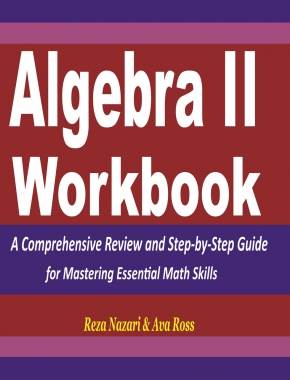
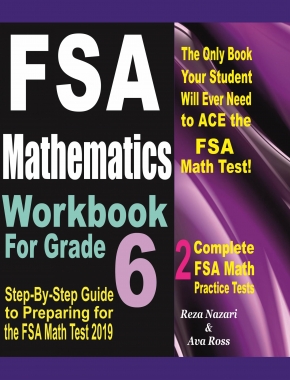
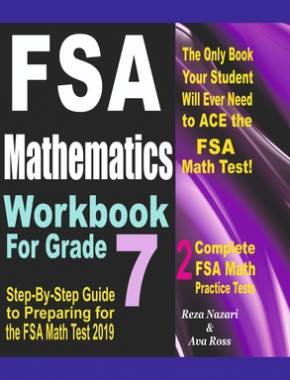
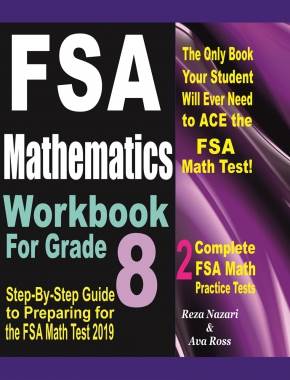
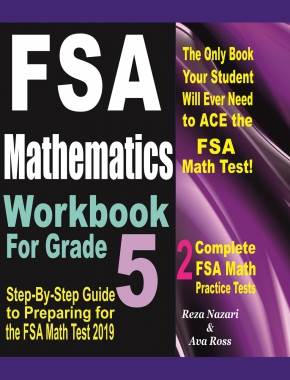
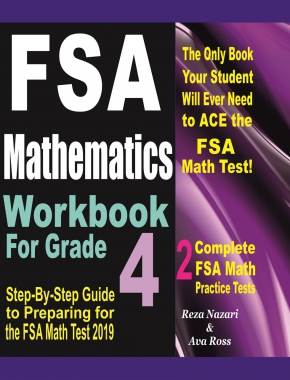
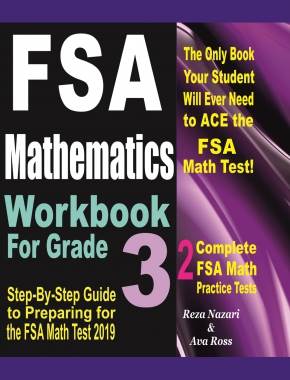

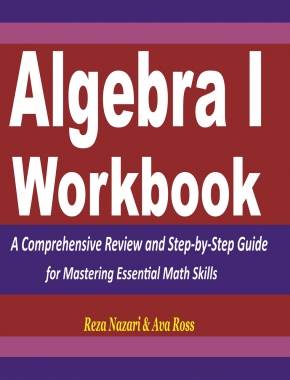
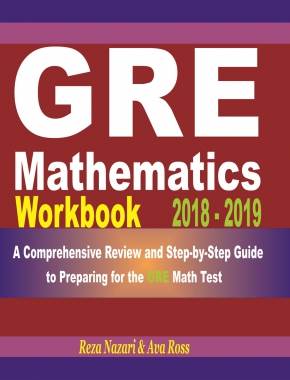
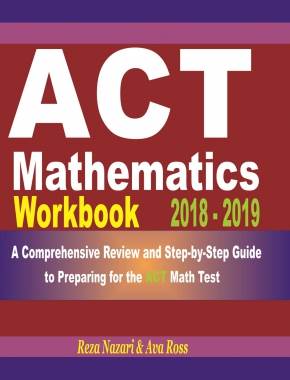
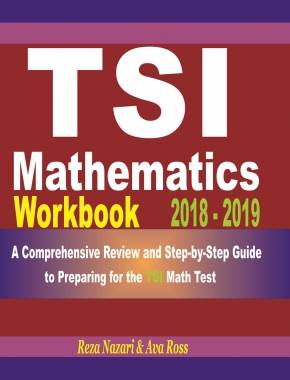


What people say about "Power Series Integration: Fundamentals, Step-by-Step Methods, and Applications - Effortless Math: We Help Students Learn to LOVE Mathematics"?
No one replied yet.